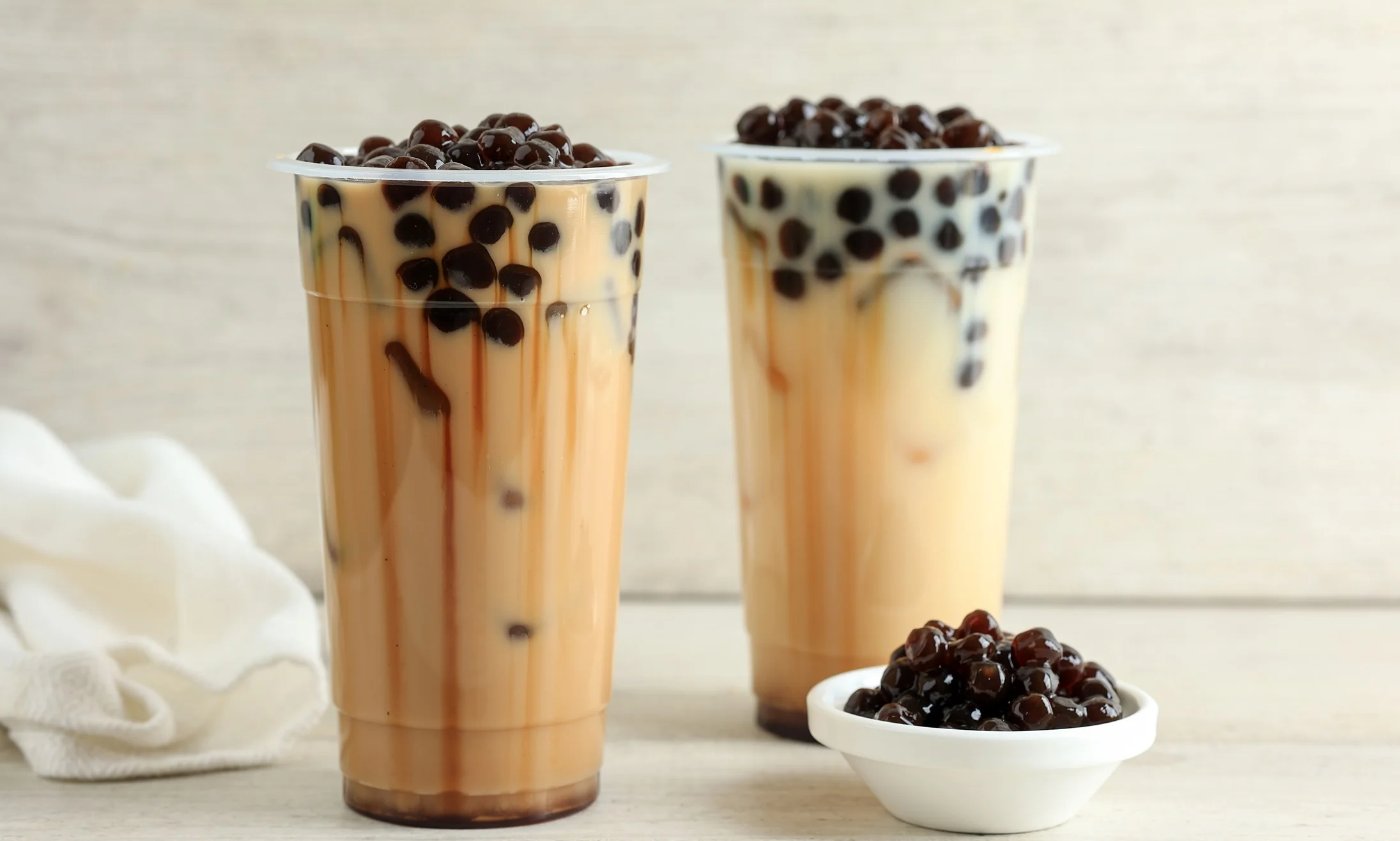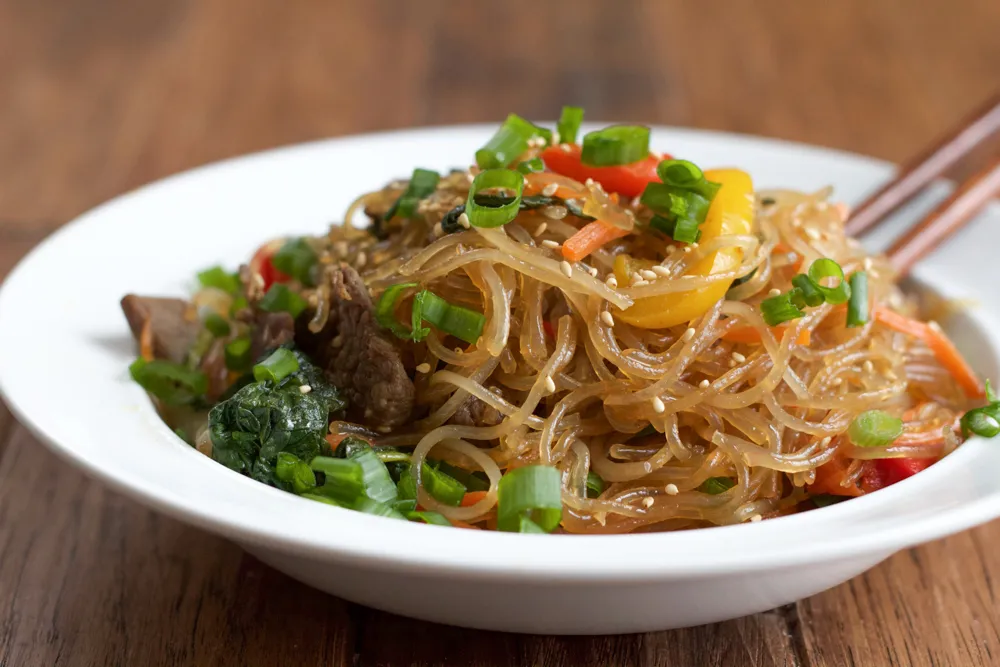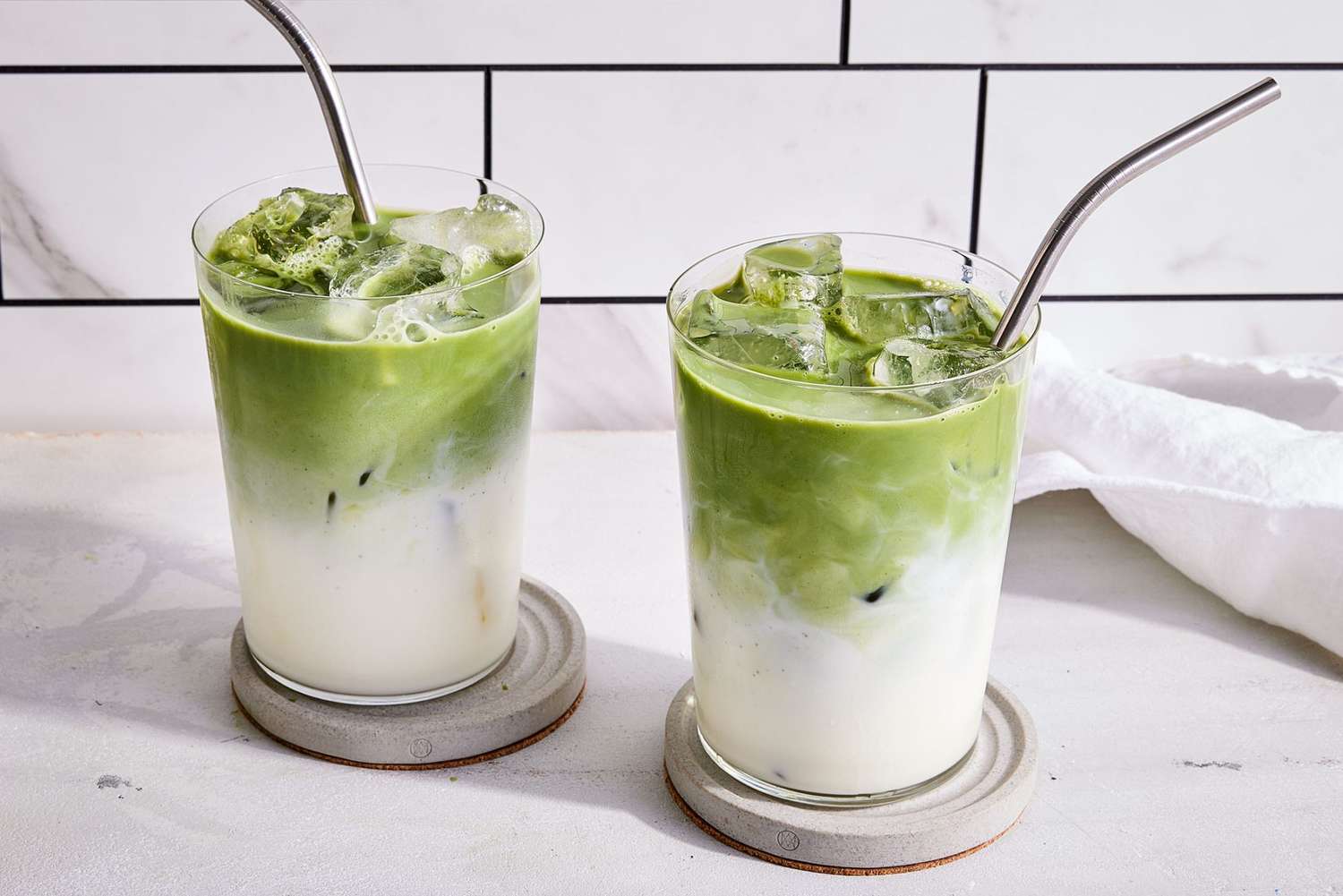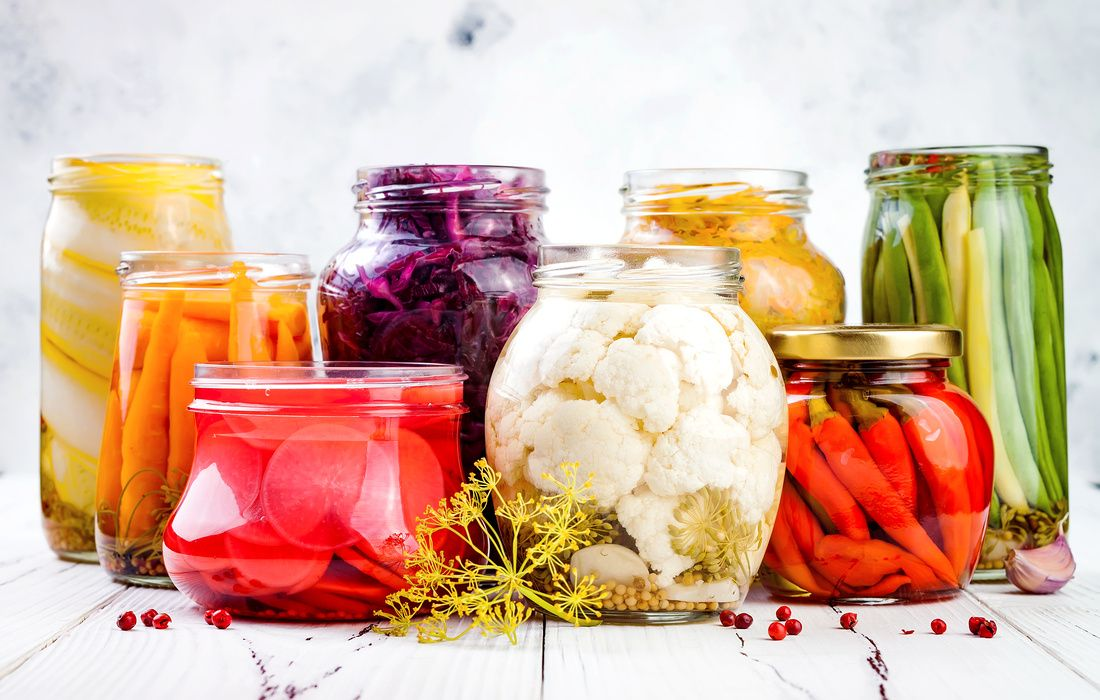solsticeuniversity – Boba, also known as bubble tea, has taken the world by storm, transforming from a niche Taiwanese beverage to a global sensation. With its unique combination of flavors, textures, and vibrant presentation, boba has captured the hearts (and taste buds) of many. But what exactly is boba, and how did it become such a beloved drink?
What is Boba?
Boba refers to the chewy tapioca pearls that are a key ingredient in bubble tea. Traditionally, bubble tea is a tea-based drink that can be served either hot or cold and is often sweetened and flavored with milk or fruit. The addition of boba adds a delightful texture, making the experience of sipping the drink all the more enjoyable.
The Origins of Boba
Bubble tea originated in Taiwan in the 1980s. The most widely accepted story attributes its creation to a tea shop in Taichung, where a mix of sweetened milk tea and tapioca pearls was first served. The drink quickly gained popularity across Taiwan and eventually spread to other parts of Asia and the world. Its rise in popularity coincided with the global interest in Asian culture, particularly in the 1990s and 2000s.
The Global Spread
The early 2000s marked the beginning of bubble tea’s journey to international fame. Shops specializing in boba began opening in various countries, especially in urban areas with diverse populations. Today, you can find boba shops in cities around the globe, from Los Angeles to London and beyond. The drink has evolved, with countless variations and creative twists, catering to a wide range of tastes.
The Varieties of Boba
One of the exciting aspects of boba is its versatility. While the classic milk tea with tapioca pearls remains a favorite, boba shops now offer a plethora of options, including:
- Fruit-flavored teas: Made with fresh fruits or fruit syrups, these drinks offer a refreshing twist.
- Milk alternatives: Many shops now provide dairy-free options, such as almond or oat milk, catering to those with dietary restrictions.
- Unique toppings: Beyond tapioca pearls, boba shops often feature other toppings like fruit jellies, popping boba (which burst with juice), and even whipped cream.
The Cultural Impact
Boba is more than just a drink; it has become a cultural icon. It represents the fusion of traditional Asian practices with modern consumer culture. The colorful and Instagram-friendly aesthetic of boba drinks has also made them a favorite on social media, contributing to their popularity among younger generations.
Conclusion
Boba’s journey from a local Taiwanese beverage to a global phenomenon is a testament to its appeal and versatility. As the drink continues to evolve, it remains a symbol of cultural exchange, innovation, and enjoyment. Whether you’re a longtime fan or trying it for the first time, there’s no denying that boba is here to stay, bringing joy and deliciousness to tea lovers everywhere.




